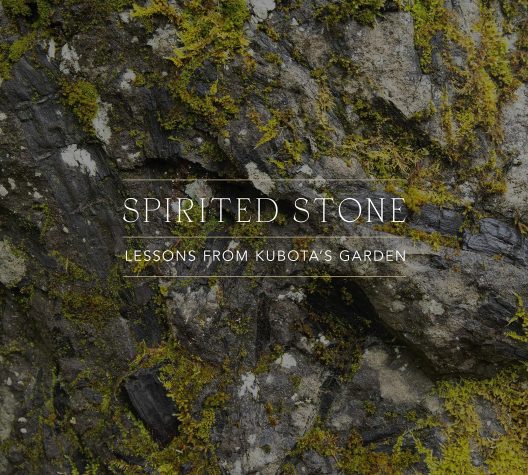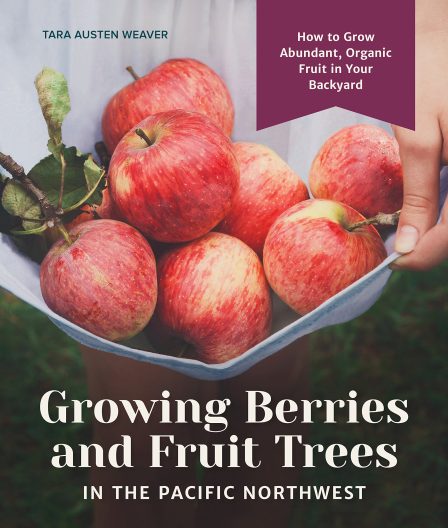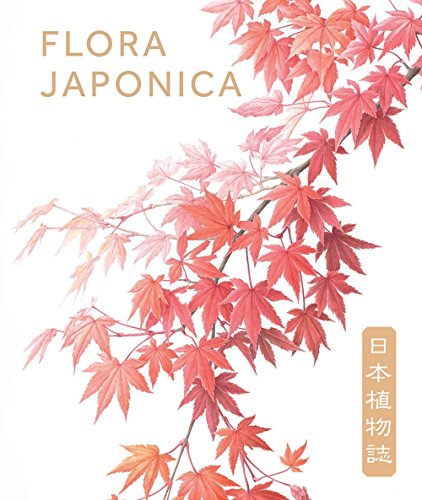 I had the opportunity to visit the Kubota Garden in southeast Seattle last fall as part of a staff enrichment day for the University of Washington Botanic Gardens. It was my first visit in decades, a time in which I have visited many notable public gardens throughout North America and in parts of Europe. For all my travels, I had been overlooking a garden treasure very close to home.
I had the opportunity to visit the Kubota Garden in southeast Seattle last fall as part of a staff enrichment day for the University of Washington Botanic Gardens. It was my first visit in decades, a time in which I have visited many notable public gardens throughout North America and in parts of Europe. For all my travels, I had been overlooking a garden treasure very close to home.
My enjoyment from that visit was enhanced by learning that a new book, “Spirited Stone: Lessons from Kubota’s Garden,” was in production. It is amazing!
A major part of this book is a biography of Fujitarō Kubota (1879-1973) with contributions by several different authors. Growing up in a rice farming family on one of the smaller Japanese islands, he was mostly self-taught in botany and the aesthetics of gardening. His humble background precluded him from being trained in the rigid traditions of designing Japanese gardens.
He left his family and after several stops, he completed his emigration to Seattle in 1910. He eventually purchased five acres in the Rainier Valley but only with help, as a Japanese citizen he was not allowed to own property outright. That was the beginning of the garden he developed and nurtured for the next 50 years. It was also the base for his livelihood as a garden designer and installer, and the site for growing his extensive nursery stock.
Kubota created demonstration gardens along a roadway that allowed customers to drive through and choose their favorites from various garden vignettes, which he would reproduce at their homes. A typical contract included the expected details of construction and landscape materials, but the choice of plantings were at the discretion of Kubota. His story captures much of the history of garden design practices and nurseries in Seattle in the first half of the 20th century.
Kubota’s garden also became a center for the Issei, or first generation Japanese community, and the many immigrant and minority communities that settled in the Rainier Beach neighborhood. Critical to nurturing this cooperative spirit were Kubota’s spiritual beliefs. He was a practitioner of Konkōkyō, a 19th century development out of Shinto and Buddhist animistic traditions. From this comes his understanding of the spirited stone of the book’s title. One of the books essayists, Jason Wirth, summarizes this quality: “The garden nourishes and heals because it channels a kind of archaic earth awakening.”
The richness of this book is the mix of essays written in prose or poetry, or expressed in photographs, by many different authors from a variety of backgrounds. Some are by the expected landscape architects and historians, while other chapters reflect personal journeys, influenced by the garden, written by noted members of the Asian-American, African-American, or mixed race communities in the neighborhood or the region.
Many of these stories are stark, including the incarceration of Kubota and his family during World War II and his heartbreak of coming back to a neglected garden. But this story also shows his strength, in designing a garden at the prison camp in Minidoka, Idaho, and tackling the hard work of restoring the Seattle garden upon his return.
It is difficult to select a primary author for this book, but for the excellence of the extensive photographs, the Library of Congress record appropriately gives credit to Gemina Garland-Lewis. Historical photos further enhance the reader’s enjoyment, as do the quiet, black-and-white images by Nathan Wirth. The whole of “Spirited Stone” is best captured by writer Betsy Anderson: “Kubota Garden is a complex palimpsest of culture and nature that merits examination from an almost endless number of perspectives.”
Excerpted from the Fall 2020 issue of the Arboretum Bulletin
 Tara Austen Weaver became smitten on growing fruit in Seattle after planting raspberries during an extended summer visit. Later, she moved here permanently to a house with nine mature fruit trees and proceeded to add 14 more plus many berry plants. Her new book, “Growing Berries and Fruit Trees in the Pacific Northwest,” is based on that experience and is an excellent choice for the beginning fruit grower in Washington, Oregon, or British Columbia, especially west of the Cascades.
Tara Austen Weaver became smitten on growing fruit in Seattle after planting raspberries during an extended summer visit. Later, she moved here permanently to a house with nine mature fruit trees and proceeded to add 14 more plus many berry plants. Her new book, “Growing Berries and Fruit Trees in the Pacific Northwest,” is based on that experience and is an excellent choice for the beginning fruit grower in Washington, Oregon, or British Columbia, especially west of the Cascades.
![[Greenwood: A Novel] cover](https://depts.washington.edu/hortlib/graphix/Greenwoodforreview.jpg)
![[In Search of Meadowlarks] cover](https://depts.washington.edu/hortlib/graphix/meadowlarks.jpg)
![[Big Lonely Doug] cover](https://depts.washington.edu/hortlib/graphix/BigLonelyDougreview.jpg)
![[Entangled Life] cover](https://depts.washington.edu/hortlib/graphix/entangledlife.jpg)
 Japanese horticulture is known for intense specialization with certain plants; chrysanthemums are an example. Less well known is a more recent – less than one hundred years old – infatuation with orchids. Much of this is due to one man, Shataro Kaga (1888-1954), a banker by trade, who established a major orchid nursery at Oyamazaki near Kyoto in the 1920s.
Japanese horticulture is known for intense specialization with certain plants; chrysanthemums are an example. Less well known is a more recent – less than one hundred years old – infatuation with orchids. Much of this is due to one man, Shataro Kaga (1888-1954), a banker by trade, who established a major orchid nursery at Oyamazaki near Kyoto in the 1920s. Marc Peter Keane has published several books based on his landscape architecture degree from Cornell University and the 18 years he spent in Kyoto designing gardens. “Japanese Garden Design,” his earliest, has stood the test of time.
Marc Peter Keane has published several books based on his landscape architecture degree from Cornell University and the 18 years he spent in Kyoto designing gardens. “Japanese Garden Design,” his earliest, has stood the test of time. “Flora Japonica,” published by the Royal Botanic Gardens, Kew, is really two books in one. The first part provides a rarely documented history of Japanese botany with an emphasis on the literature and illustration of the native flora. The oldest surviving example dates from 1274 and surprisingly was intended to identify plants used by veterinary surgeons. It is considered to be very comparable to European works of the same era.
“Flora Japonica,” published by the Royal Botanic Gardens, Kew, is really two books in one. The first part provides a rarely documented history of Japanese botany with an emphasis on the literature and illustration of the native flora. The oldest surviving example dates from 1274 and surprisingly was intended to identify plants used by veterinary surgeons. It is considered to be very comparable to European works of the same era.